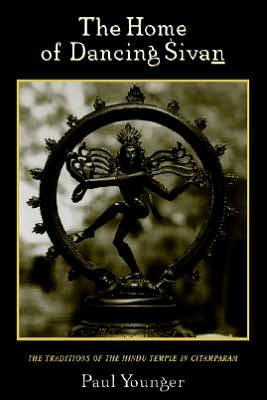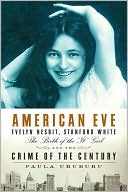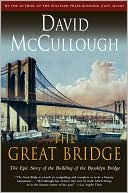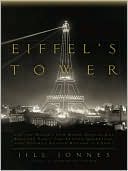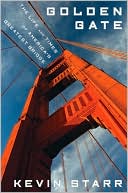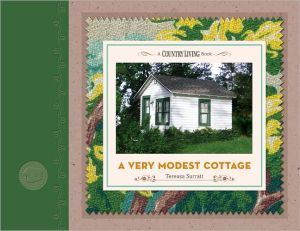The Home of Dancing Sivan: The Traditions of the Hindu Temple in Citamparam
The Home of Dancing Sivan is an inquiry into the traditions of the Citamparam temple in South India, the only Hindu temple where the image of Sivan as Natarajan, the dancer, is the central focus of worship. Younger begins with the living traditions, describing the community of Ditcitars, the two hundred priests of the temple who carry on an ancient tradition involving six worship periods each day, and discusses in detail the elaborate temple festivals, which attract up to 200,000 people. He...
Search in google:
The Home of Dancing Sivan is an inquiry into the traditions of the Citamparam temple in South India, the only Hindu temple where the image of Sivan as Natarajan, the dancer, is the central focus of worship. Younger begins with the living traditions, describing the community of Ditcitars, the two hundred priests of the temple who carry on an ancient tradition involving six worship periods each day, and discusses in detail the elaborate temple festivals, which attract up to 200,000 people. He analyzes the three hundred inscriptions on the temple walls, and seeks to determine from them, and from the evidence of art history, when the many components of the temple were constructed and what innovations in the worship tradition they made possible. Using the inscriptions and the abundant literature about the temple, he also addresses the complex historical questions regarding roles played by famous kings and saints of the region in the life of the temple. The traditions of the Citamparam temple reflect the worship style of all important Hindu temples, and its history is central to all history, literature, and thought of South India. This unique study acknowledges the centrality of the temple in Indian life and society, and provides a vivid and engaging portrait of South India's living religion for students of religious studies, Asian studies, and Indian civilization.
Introduction3Pt. IWorshipStory 1The Priests and the Daily Ritual13Story 2The Worshipers and the Festival Celebrations46Pt. IIWood and StoneStory 3The Builders and the Building81Story 4The Donors and Their Political Connections125Pt. IIIWritingsStory 5The Legend Books and the Local Traditions163Story 6The Hymns of the Saints and the Saiva Schools190Conclusion233Bibliography239Index247
